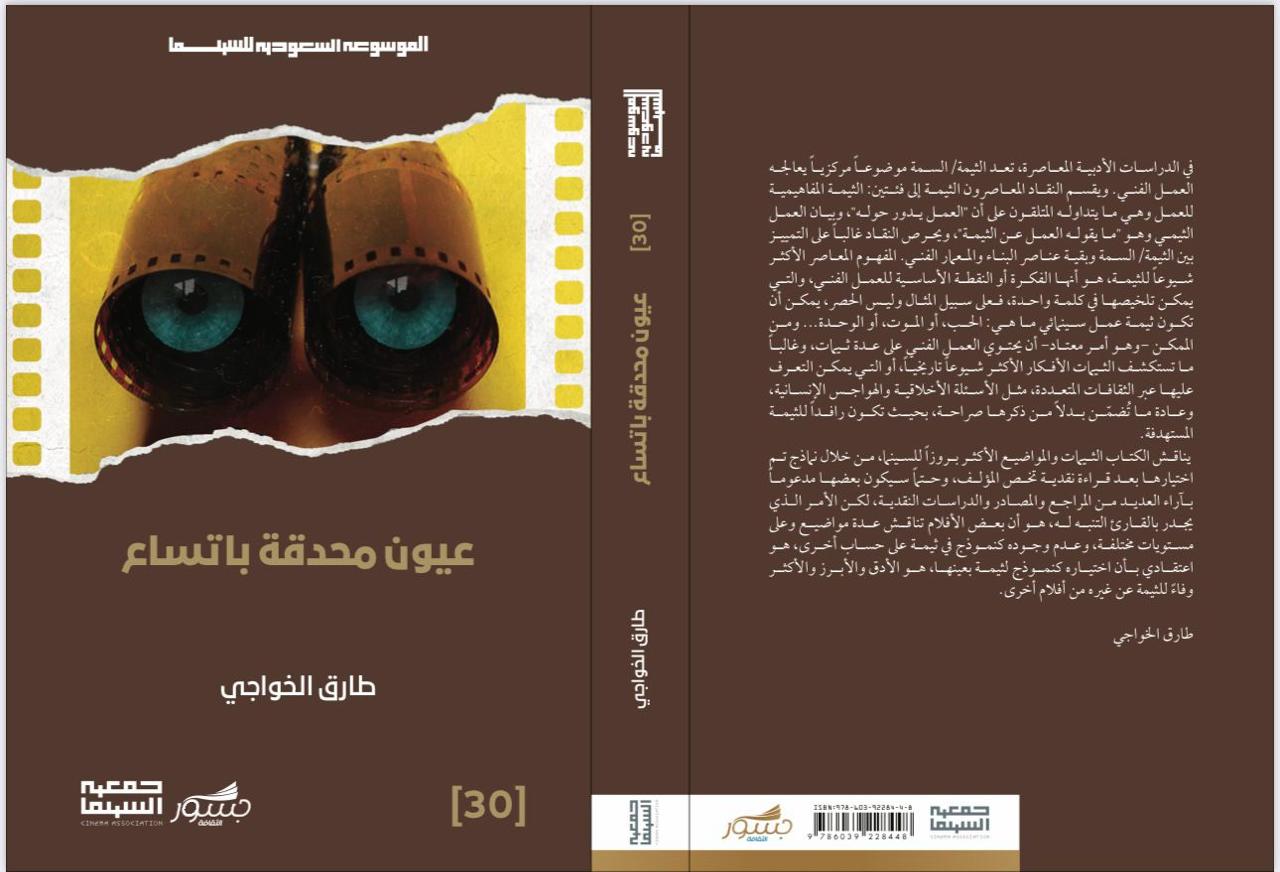theme into two categories: the conceptual theme—what audiences perceive the work to be “about”—and the thematic statement—what the work “says” about that theme. Scholars typically distinguish theme from other structural and aesthetic elements of a work. The most common modern understanding of theme is as the core idea or focal point of an artwork, often expressible in a single word—such as love, death, or solitude. It is common for a film to explore multiple themes, often engaging with historically resonant or cross-cultural concerns like ethical dilemmas and human anxieties. These themes are typically embedded rather than explicitly stated, serving as tributaries to the central thematic current.
This book examines prominent cinematic themes through selected film models, chosen based on the author’s critical readings. While some selections are supported by references and scholarly studies, readers should note that a film’s absence from one thematic category in favor of another reflects the author’s belief that its inclusion in a specific theme is more accurate, representative, and faithful than other possible placements.
















Reviews
There are no reviews yet.